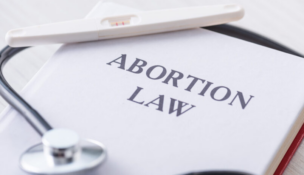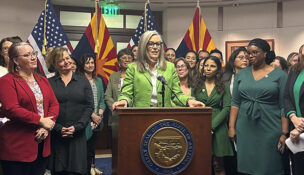School board lobbyist criticizes redistricting plans
Arizona Capitol Reports Staff//November 9, 2007//[read_meter]
School board lobbyist criticizes redistricting plans
Arizona Capitol Reports Staff//November 9, 2007//[read_meter]
A lobbyist for the Arizona School Boards Association warned a panel tasked with designing new school districts that the consolidation plans it is considering are poised to fail because of...
No tags for this post.

















